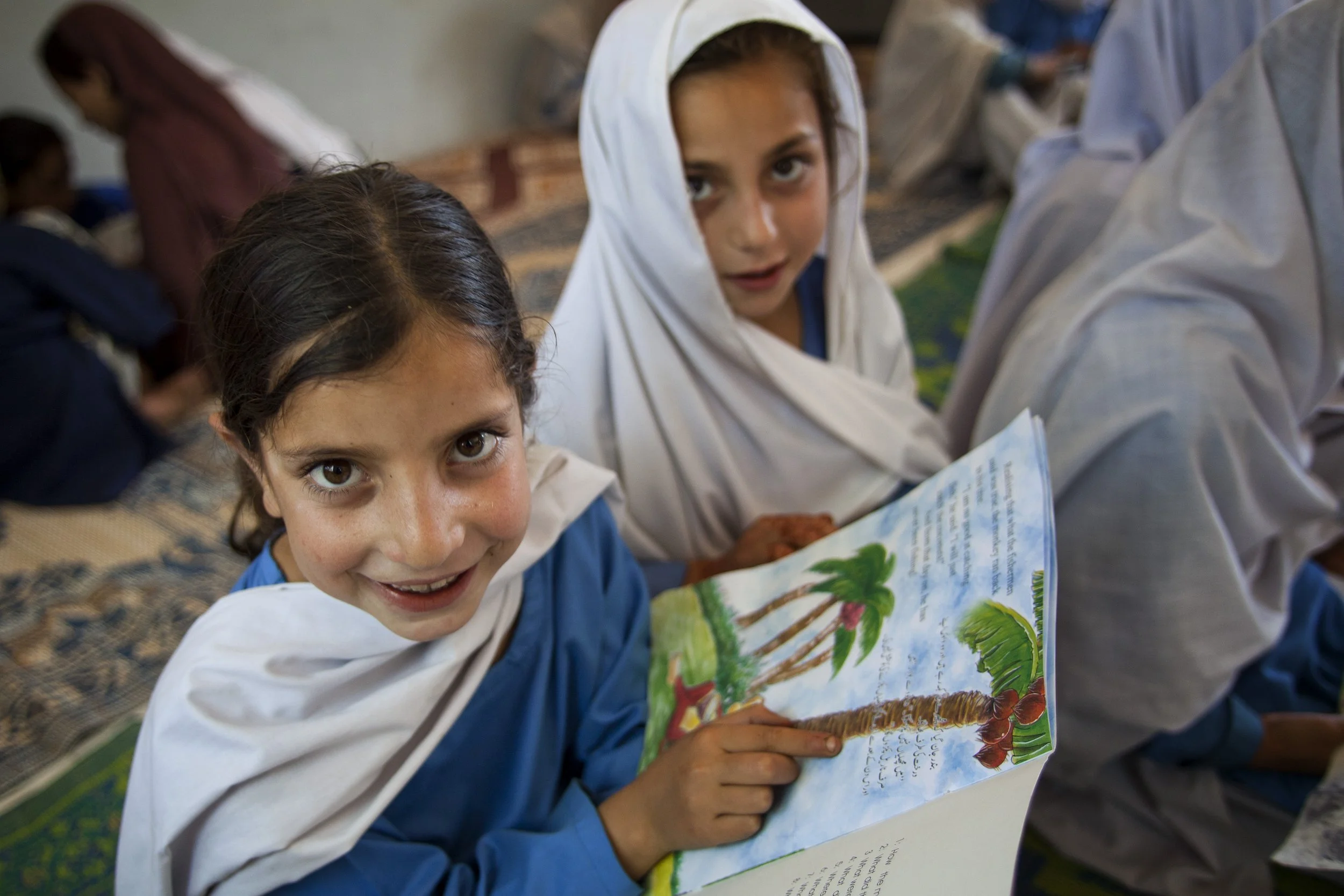Alexander Manu, Fernanda Ewerling, Aluisio JD Barros, Cesar G Victora, 2019
Association between availability of children’s book and the literacy-numeracy skills of children aged 36 to 59 months: secondary analysis of the UNICEF Multiple-Indicator Cluster Surveys covering 35 countries
Stimulating home environments that have children’s books, pictures and play toys facilitate caregiver-child interactions and enhance children’s development. Although this has been demonstrated in small-scale intervention studies, it is important to document whether book ownership is beneficial at large scale in low and middle-income settings.
Only half (51.8%) of children from all the countries analysed have at least one children’s book at home and less than one-third (29.9%; 95% confidence interval (CI) = 23.5%, 36.3%) are on track for literacy-numeracy. After adjusting for confounders, the likelihood of being on track in literacy-numeracy almost doubled if at least one book was available at home compared to when there was none: RR = 1.89 (95% CI = 1.75, 2.03). There was an economic gradient showing that the likelihood of children being on track for LNI decreased with the country’s income group: adjusted-RR ranged from 1.65 in upper middle income to 2.23 in LIC (F-test P-value <0.0001). Only three high-income countries were included, and children’s books were universally available resulting in wide confidence intervals for the effect.
These findings are policy-relevant, as they corroborate the results from small scale experiments. Making children’s book available to children is a cheap and feasible intervention that could change home dynamics to improve the future economic fortunes of children especially in the poorest countries.

